“The restrained wilderness of Appin where nature has distributed with a bountiful hand, everything that is calculated to form a truly Highland scene.”
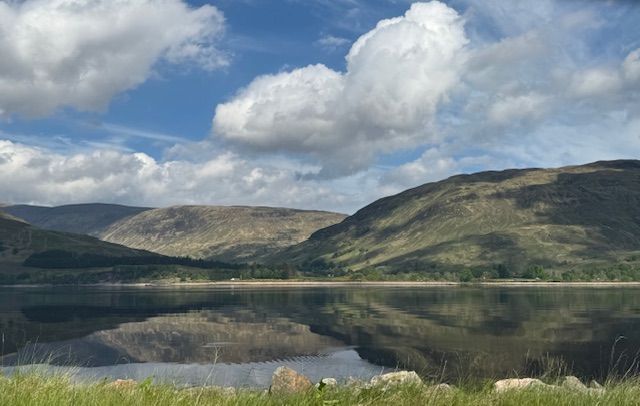
Rev. Ian Carmichael, Church Minister, Kilmore & Kilbride
Scottish West Highlands: Oban to Glencoe
Dunstaffnage Castle and Chapel
There’s a lot of Scottish history playing out at Dunstaffnage Castle, one of Scotland’s oldest stone castles. On a wet morning, a short drive north of Oban brings us to this strategically located castle ruin, situated on a rocky promontory at the entrance to the 20-mile long Loch Etive, meaning “Little Fierce One” in Gaelic. There, it was positioned to control sea routes and played a significant role in the power struggles of medieval Scotland.
The castle, along with its chapel, was built by Duncan MacDougall, the Lord of Lorn, around 1220. Over its 800 years, the castle was involved in several key historical events. First, it was captured by Robert the Bruce, King of Scots, in 1309; some consider he the real “Braveheart.” Climbing and roaming about the ramparts, you got a sense of the history taking place all around you in this fortified, self-contained castle.

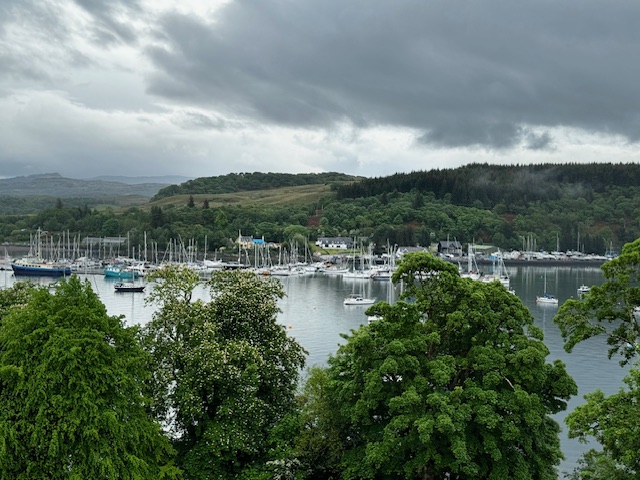

Dunstaffnage Castle remained a royal stronghold and underwent various modifications through the 15th century. By this time, it had come under the control of the powerful Campbell Clan (see: Inverary Castle in prior blog). It remained in their hands for several centuries, serving as a base for their influence in the region.
The main gatehouse is a prominent feature, providing access to the inner courtyard where various buildings, including a hall, kitchen, and living quarters were situated.
The chapel is nearby on a wooded knoll. It’s thought to have been constructed in the early 13th century, same time as the castle. The ruins that remain today indicate a simple, rectangular structure typical of the period’s ecclesiastical architecture. The chapel served as a place of worship for the castle’s inhabitants and the local community. Now, only the sounds of birdsong in the surrounding trees can be heard.
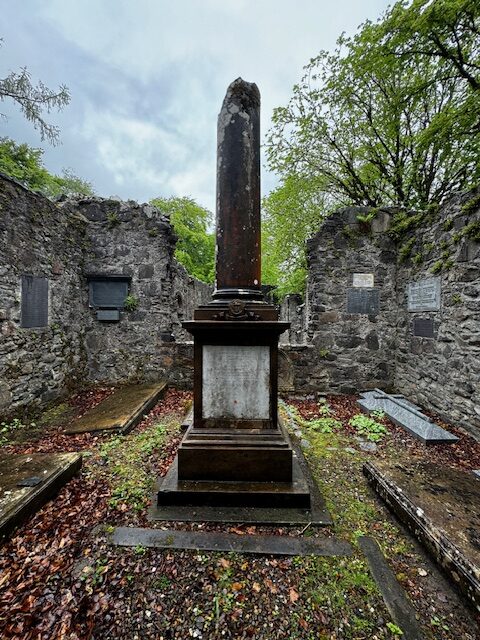
Only a few other hardy souls were found walking about the grounds this misty morning. One got the sense of generations of souls having graced these lands. The Campbell Clan ruled this area and left behind centuries of their powerful family history. Plaques placed all about the castle recall their great influence and prominence. This intrigued us and led us on a continuing journey to discover more about the Campbells …
Ardchattan Priory
Again, GPS is kind of tricky in these rural parts of the Highlands, and we wondered if we were on the right path to Ardchattan Priory; for no cars passed us. No matter, our journey into the Highlands was becoming a pilgrimage of sorts and gave us a strong sense of Scotland’s long and rich history.
At long last, our meandering drive took us to the Priory (a small monastery), and its solitary, and idyllic location along the shores of Loch Etive. It was originally established as a Valliscaulian monastery, a French Catholic religious order, and offers stunning views in this tranquil and off-the-beaten-track setting.

The Priory was founded in 1230 by Duncan MacDougall for the Valliscaulian monks (never more than 20 living on-site); the same Lord that built Dunstaffnage Castle and Chapel; the Lord of Lorn. The priory was dedicated to St. John the Baptist, reflecting the religious practices and devotions of the time.
The MacDougalls would dominate the priory for most of its active life. It wasn’t until 1506 that the last MacDougall prior, Eugenius, was deposed.
The Reformation in the mid-16th century led to the dissolution of many monastic institutions in Scotland, including Ardchattan Priory (by this time, only three monks were living here).
Its location in the Highlands made it a witness to many of the region’s turbulent historical periods. The buildings and lands were subsequently converted to secular uses.


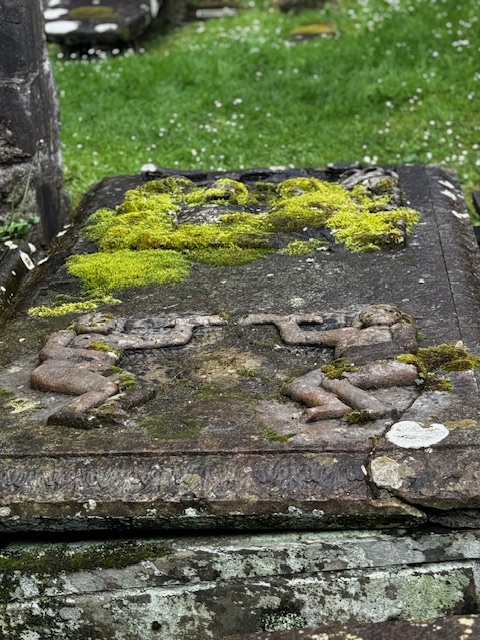
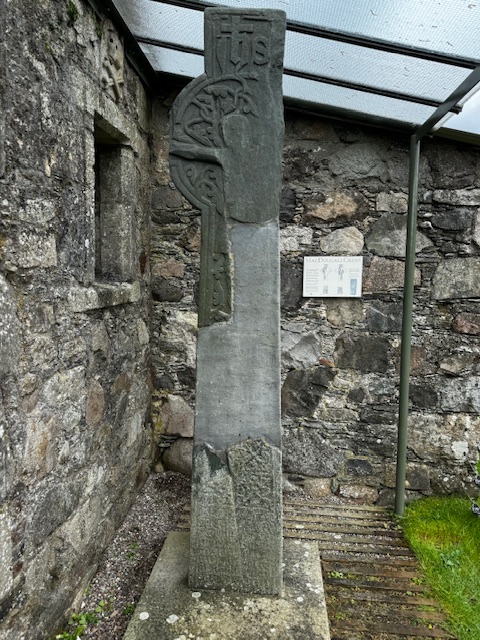

Under moody, grey skies and a light drizzle, we carefully made our way around the slippery, small graveyard with historic tombstones and memorials. It’s dotted with weather-beaten Campbell Clans’ final resting places.
We contemplated the long lines of Scottish family history in these parts and how they shaped a story for the ages (and movies!). Perhaps we shall return in six years’ time to celebrate the 800th anniversary of the priory! Quietly, though, not to wake the dead.
Leaving Ardchattan Priory, the road continues along the picturesque Loch Etive, before turning into a narrow road nestled in a narrow valley. It provided me exactly what I’d imagined driving in Scotland was all about … its spectacular, natural beauty encapsulated in blissful surroundings, but watch-out for sheep!
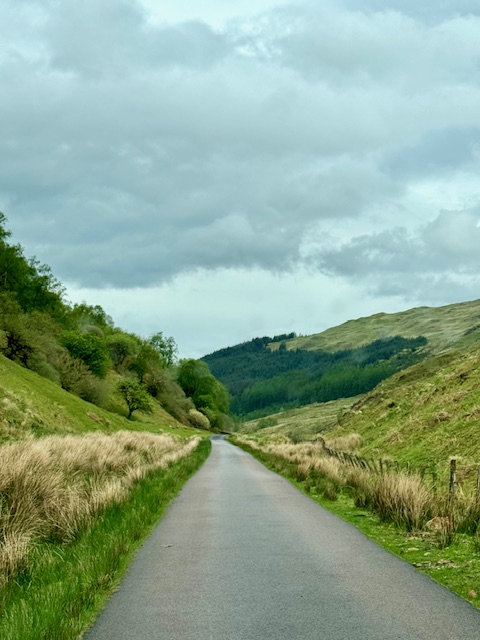
Castle Stalker
We zigzagged further up another 25 miles on the west coast, continually gobsmacked with the incredible, breathtaking scenery of the lochs and rugged, green mountainous countryside; finally arriving in Appin village (we’re now in Clan Stewart country).
It was time for a mid-afternoon hot cuppa and a treat, sitting down in an airy café. Here, we had a perfect view, through the large picture windows that overlook the picturesque, landmark Castle Stalker, a four-story, medieval tower house, located on a small, private tidal islet on Loch Laich.


It’s one of the best-preserved medieval tower houses in Scotland and has a fascinating history, including modern film – it was featured in the cult classic, “Monty Python and the Holy Grail” (1975), as the Castle of Aaarrgghh (where supposedly the Grail resides).
The original structure was likely a small fort built around 1320 by the MacDougall Clan. Over the centuries, the castle changed hands multiple times, primarily between the Stewarts and the Campbells.

Here’s where things get interesting – in 1620, the castle passed into the hands of the Campbells as the result of a drunken wager by the Stewart Chief, in exchange for an eight-oared wherry (a boat). The castle was abandoned by the Campbells around 1800, falling into disrepair.
It was later restored in the 1900s by a descendant of the original builders. Restoration efforts have preserved much of the castle’s historical architecture and classic beauty. Now, a private retreat, tours are only offered during limited weekends during the summer since you take a rowboat to the Castle. It’s now springtime and we’ll just have to sit and stare at this beauty in the loch.
Glencoe Valley
Continuing along another 40 miles northward in the Highlands brings us to Glencoe, a gorgeous glen (valley) set in stunning, rugged mountain terrain, and of great significance in Scottish history.
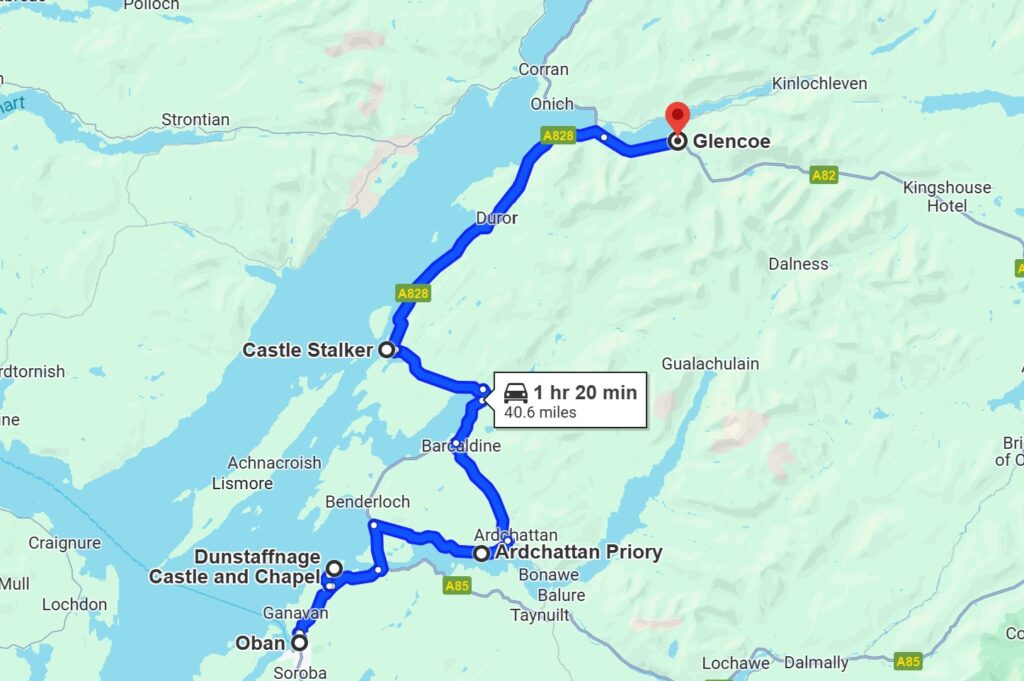
Glencoe Valley envelops us in magnificent scenery with its towering peaks and cascading waterfalls. It was formed by volcanic activity and glacial erosion, resulting in a landscape of dramatic cliffs and ridges. At this point, it’s worth noting the many different vibrant and striking shades of green we encounter. All-in-all, it’s a hiker’s – outdoors paradise.
The glen is also home to several lochs and rivers, including Loch Leven, at almost 9 miles in length, and the River Coe, adding to the area’s wild beauty. Notable mountains include Buachaille Etive Mòr, often referred to as “The Great Herdsman of Etive,” and the “Three Sisters of Glencoe,” a trio of steep ridges.

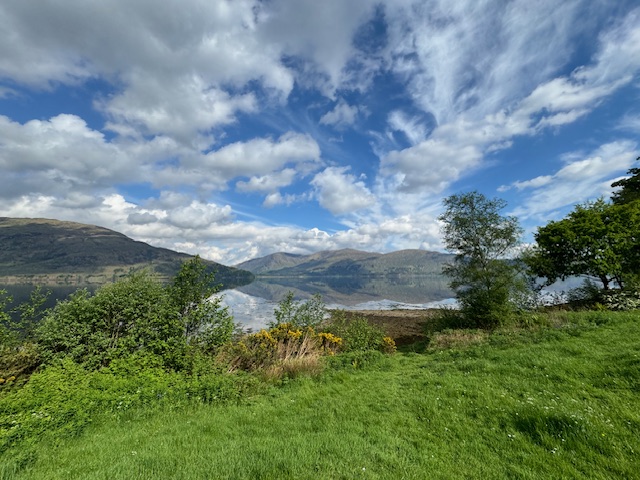
One of the most infamous events in Scottish history, the Glencoe Massacre, took place on 13 February 1692; a tragic and poignant chapter in Scottish history. Members of the Campbell clan, under orders from the government, attacked the MacDonald Clan, resulting in the deaths of around thirty-eight men, women, and children. This event is remembered as a symbol of treachery and betrayal.
“‘You are hereby ordered to fall upon the Rebells, the McDonalds of Glenco, and putt all to the sword under Seventy.’”
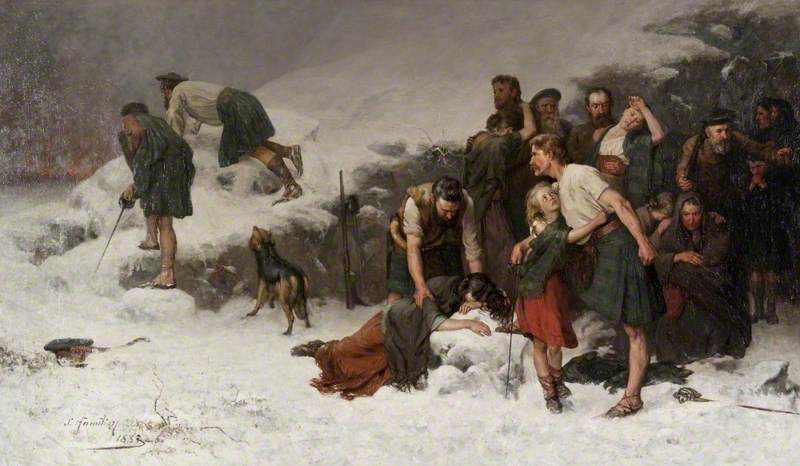
… so read the orders, resulting in the tragic outcome that’s been romanticized during the 19th century as a clan feud between the Campbells and the MacDonalds. However, the real story behind the Glencoe Massacre is much darker. It has often been described as state-sponsored slaughter in pursuit of political ambition. As the world goes ‘round …
But just before entering the village of Glencoe, our final destination, there appeared a stately, old stone church by the roadside, St. John’s Scottish Episcopalian Church in Ballachulish. It was gloriously positioned in its picture-perfect setting overlooking the Isles of Glencoe and Loch Leven. David shouted out, “Stop!” and so we did, and though the church was closed, we steeped ourselves in a bit of Glencoe history in its very old cemetery.

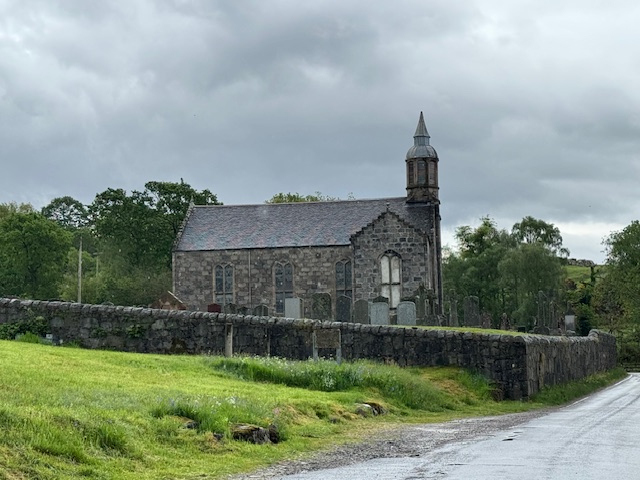
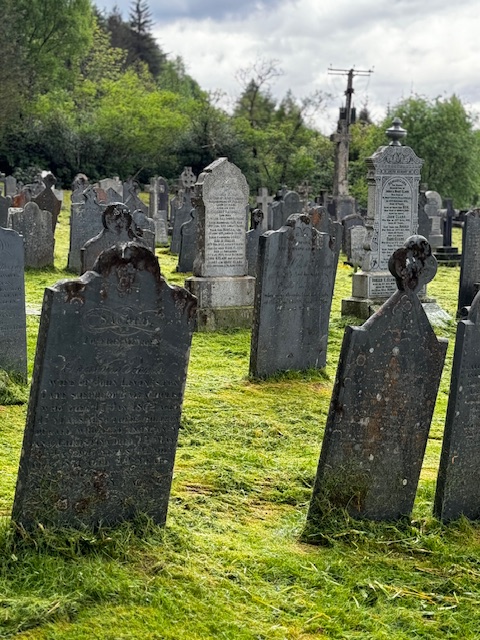
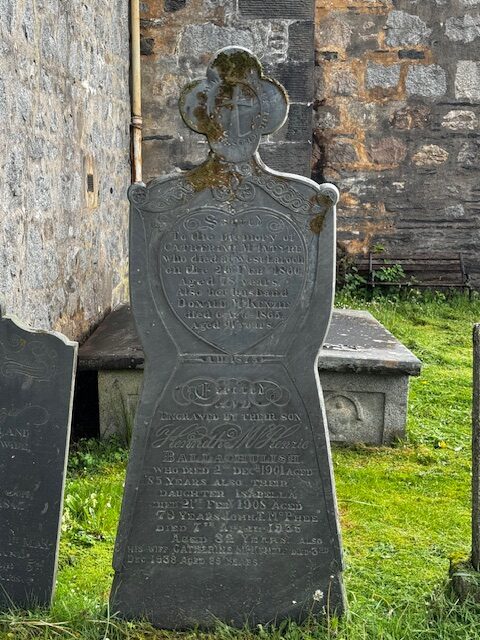


Glencoe Village
Continuing on five minutes, we arrived, but not before noticing an unusual mountaintop. David pointed it out – looking upwards at its pointed, protruding top. “Gee, doesn’t that look like a nipple?!” And to settle that, he immediately asked about it upon meeting our hotel host. “Yes!” She said, that’s we, the locals, all call it, “Nipple Mountain!” No matter how you try, you just can’t avoid seeing it from Glencoe in all its bigness.
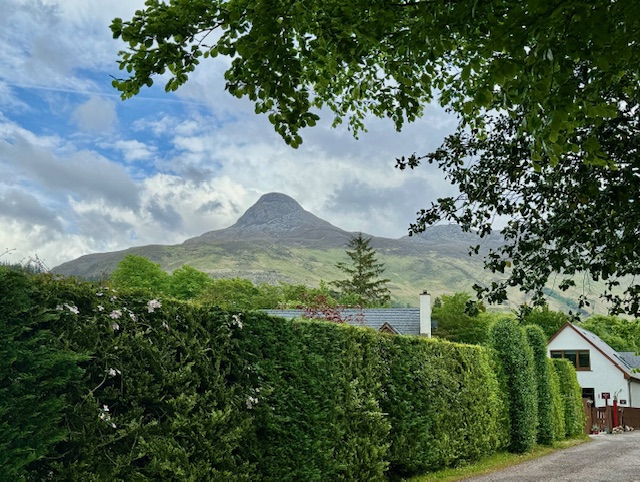
Walking along the tiny town’s nondescript main street, a sign pointed the way down a picturesque lane to The Winter Thistle, a local artist’s studio gallery. On the way, we were pleasantly surprised to come upon a Japanese Torii gate and garden that momentarily brought us back to our recent visit to Japan.
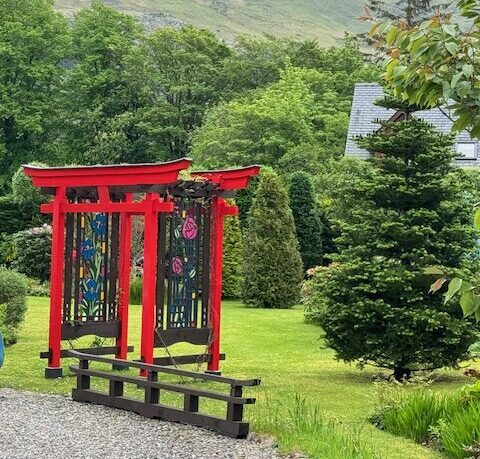
Entering the gallery, we had the opportunity to meet and greet the artist, Karen MacAuley, and enjoyed a fun, stimulating chat. Her artwork featured lots of my new favorite, the Highland Coo or “Heilan Coo” (much more on the Coo coming up in the next issue). I found myself the perfect Scottish souvenir to take home – a couple of two small cow prints.
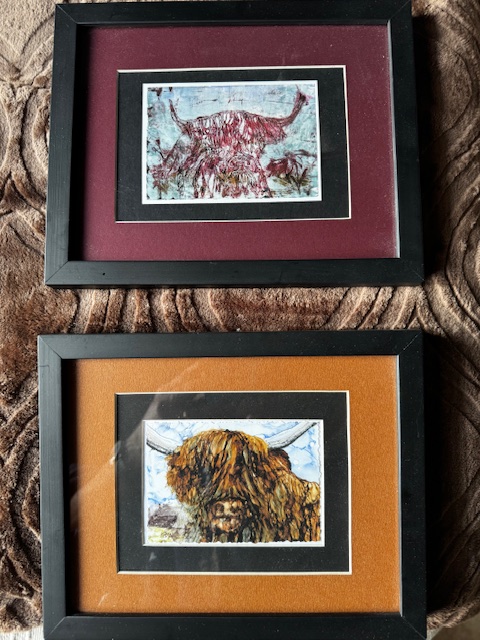
An interesting aside … the old saying, “till the cows come home” has been in use since around the 16th sixteenth century, and may have originated in the Scottish Highlands, where cows are allowed to graze for months at a time before they meander home in the fall.

Mindlessly strolling along the sidewalk, David suddenly froze. There, just over the fence barrier was a small herd of wild Scottish red deer, which thrive in the Highlands. They were quietly grazing in a grassy, open field. Here was our first wildlife sighting and it was a very close encounter.
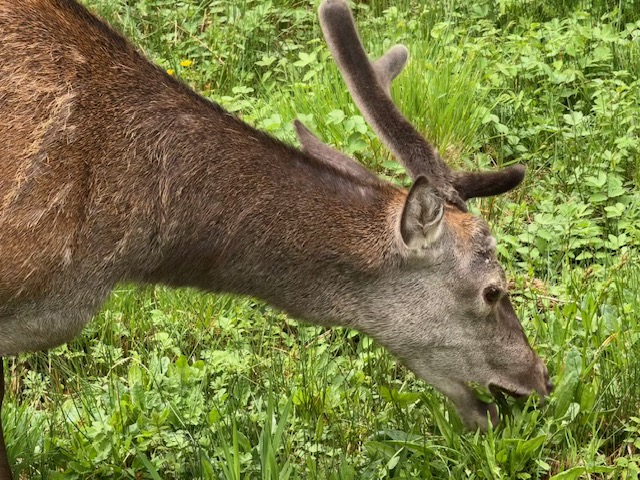
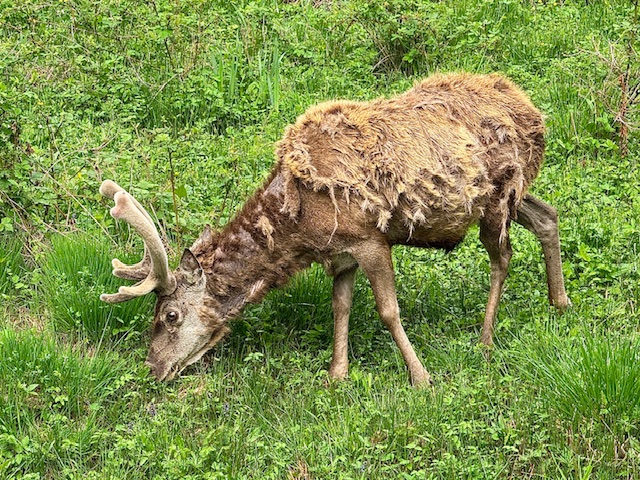

The imposing males of this majestic species have an impressive, large set of antlers. These remarkable antlers can span up to a yardstick in length and can weigh as much as 15 kilograms (that’s 33 lbs.!). Red deer are characterized by their dark russet-brown fur, which contrasts with a paler buff-colored rump patch and a light-colored tail.
Glencoe House
We checked into Glencoe House, a luxury hotel property, tucked into a historic mansion in the village. It’s here that we’ll lodge for the next two days, living the high life in The Highlands. It sits high on its perch overlooking a magnificent vista.

When I initially reviewed our trips and accommodations, I’d asked Luke, our travel advisor, to change these particular lodgings as they were on the very high end of our budget. He told me, “NO!” in no uncertain terms, and that I must experience this place. How right he was that we splurged and indulged.
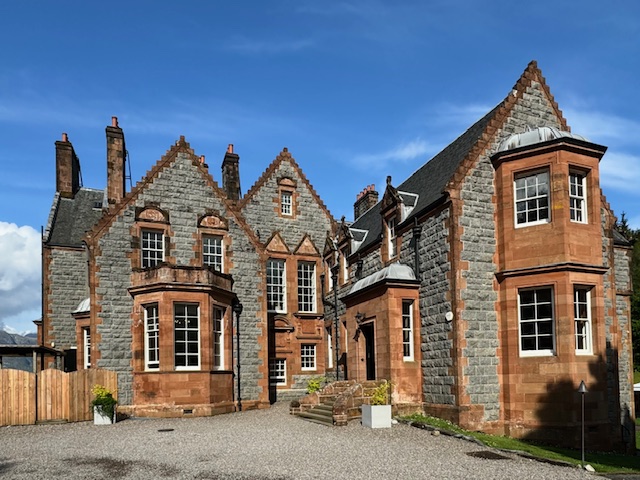
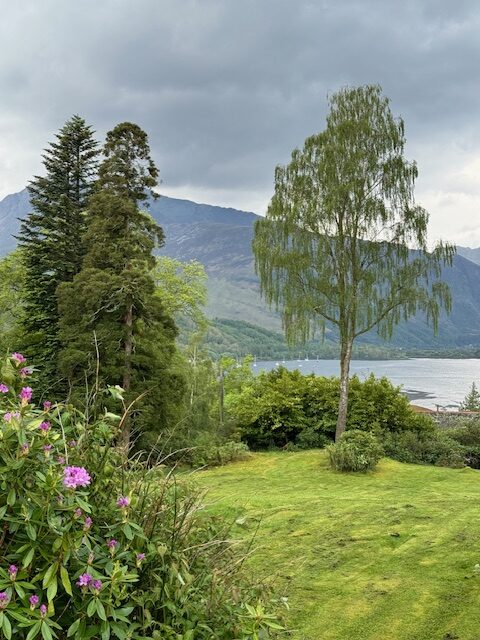
The house was built in 1896 by Lord Strathcona, a prominent businessman and philanthropist. It’s set within ten acres of private gardens; providing a peaceful and scenic environment for guests. The grounds include well-maintained lawns, woodland areas, and a private loch!
It was designed as a grand Highland retreat, and is a fine example of Victorian grandeur; featuring intricate woodwork, high ceilings, and expansive windows that offer stunning views of the surrounding mountains and glens.
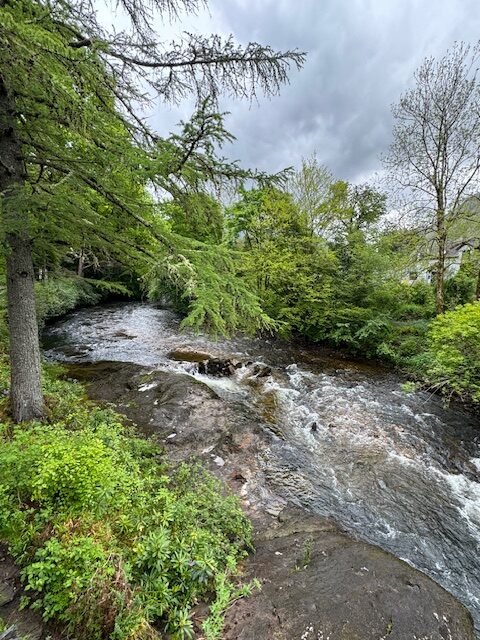
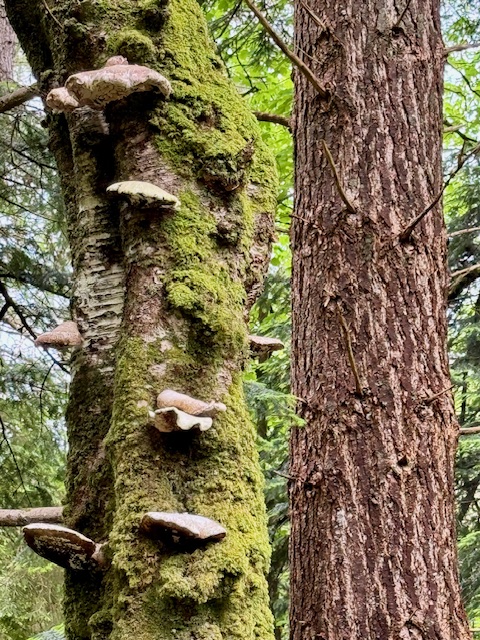
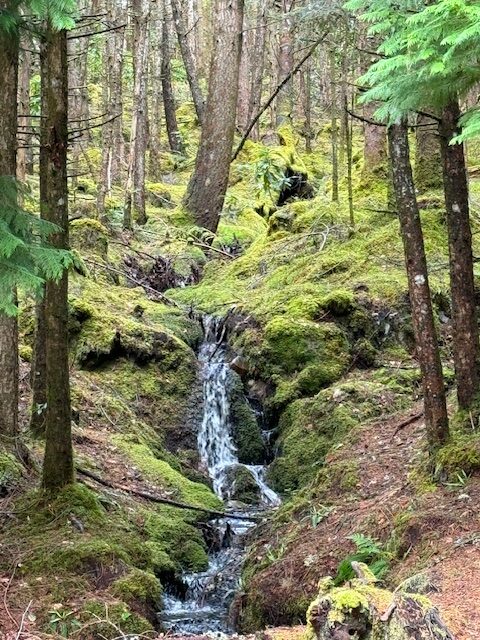
The interiors are lavishly decorated with period furnishings, ornate fireplaces, and elegant artwork, providing an atmosphere of refined luxury.
Interestingly, there are no public spaces within Glencoe House: no restaurant, bar or grand salons. Instead, what it offers is a range of 13 luxurious suites, each uniquely decorated and equipped with modern amenities; all while retaining historical charm.


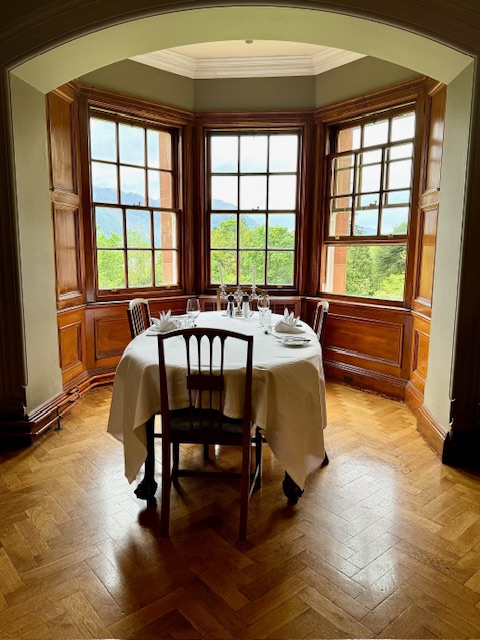


The suites are spacious, featuring private lounges, dining areas, full self-service bars and en-suite bathrooms. Ours came with a private patio and a large hot tub, which thrilled me to no end and took full use of with its amazing loch views.
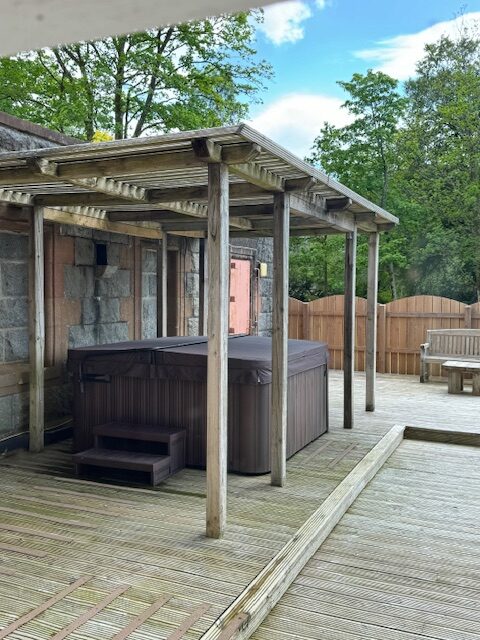
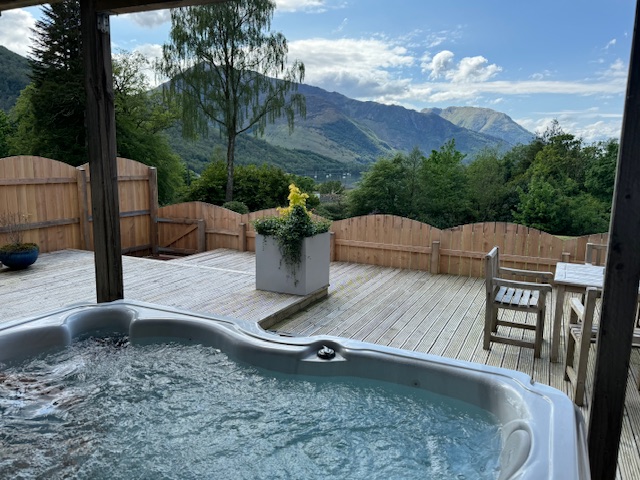
The in-suite dining experience was the highlight of our stay. Dinner was by candlelight in our suite’s dining nook. All meals were prepared using the best, locally-sourced ingredients, and, oh what menu choices!

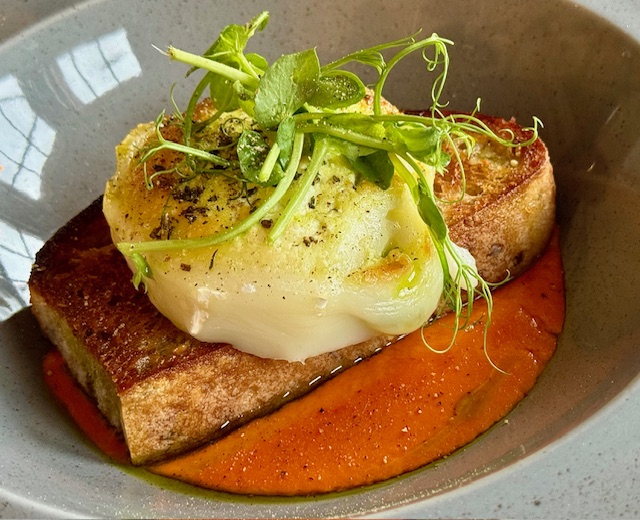

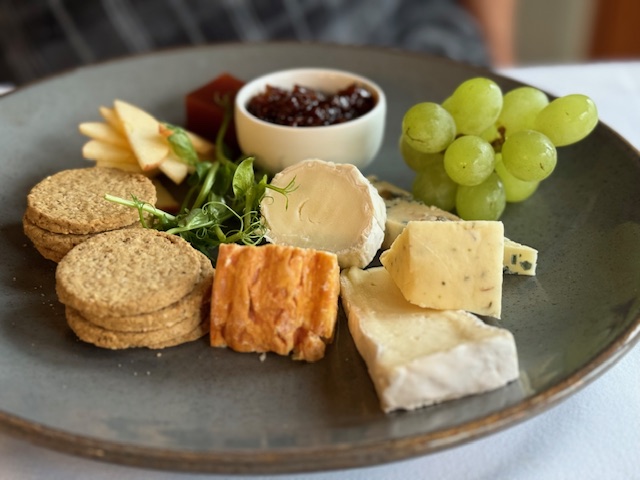
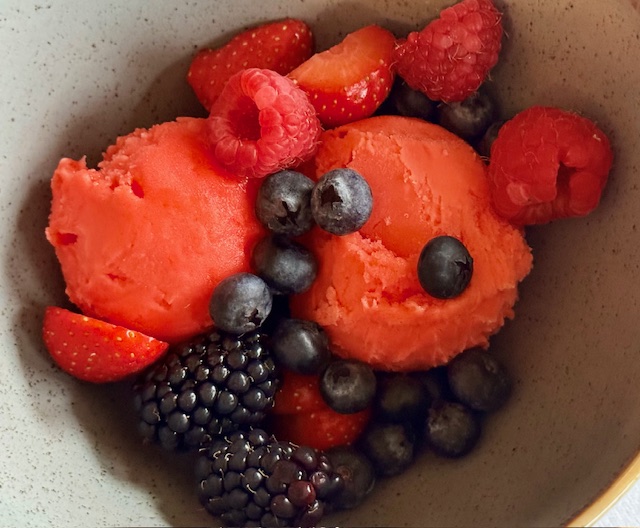
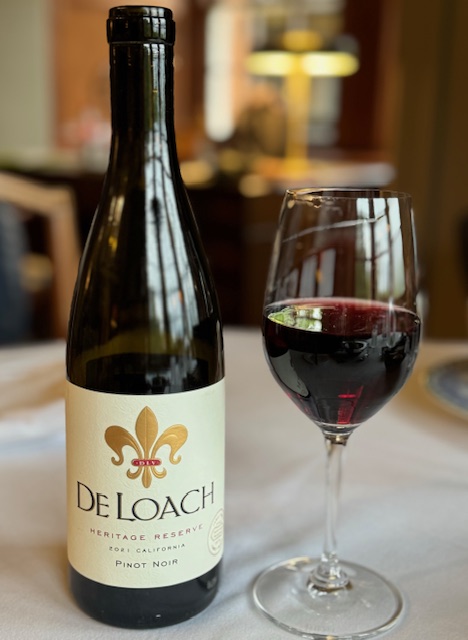

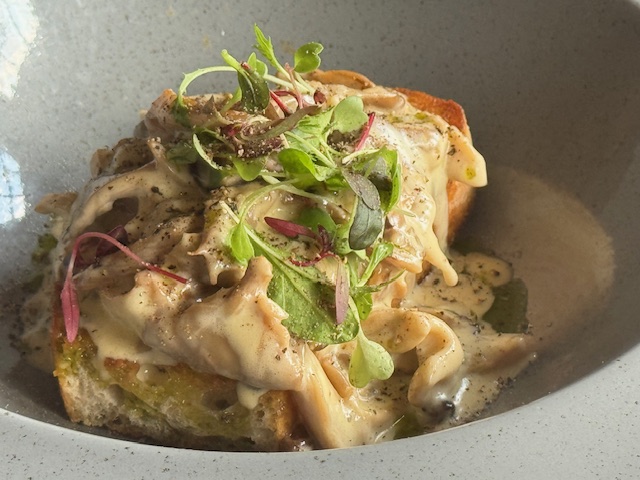
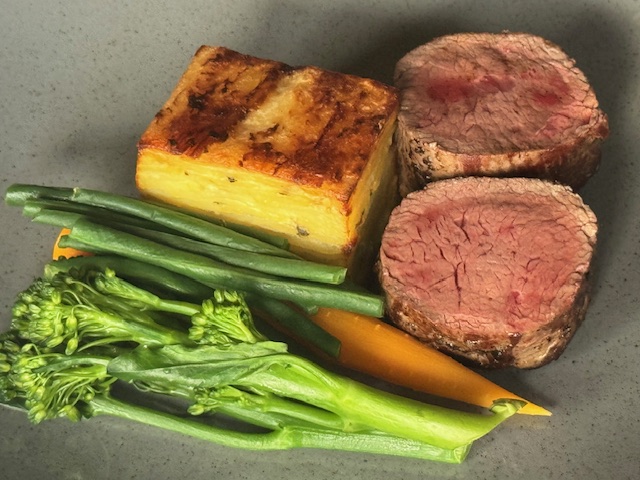
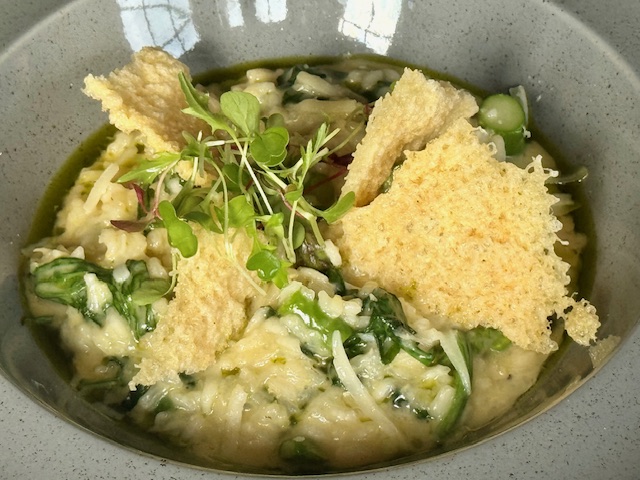


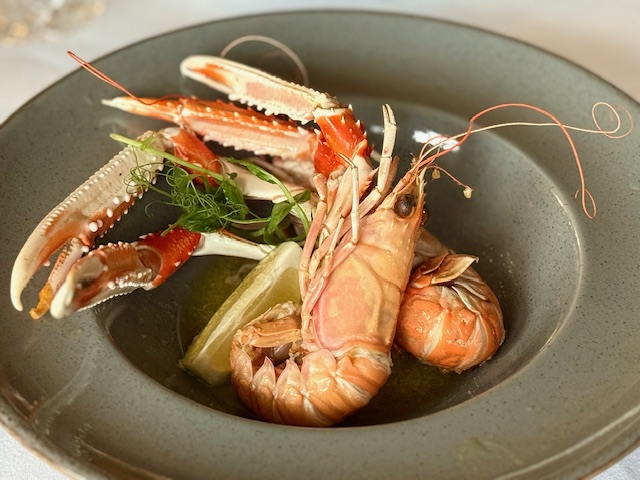
Breakfast was delivered, while still in our plush robes, and reading the morning paper. It took me back to one of my past lives as a Gentleman of the Landed Gentry. Life is Good!

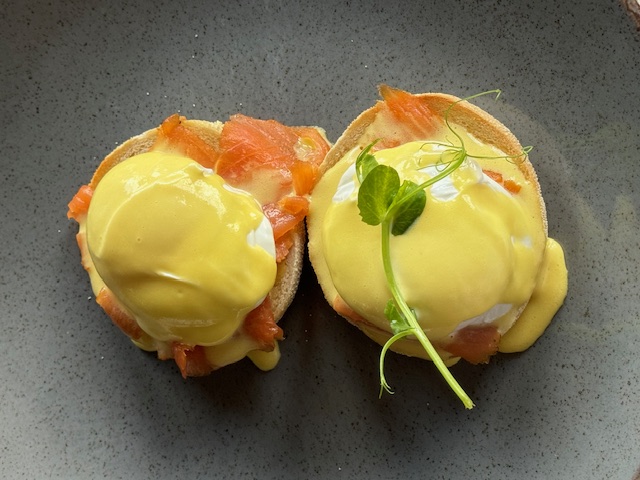
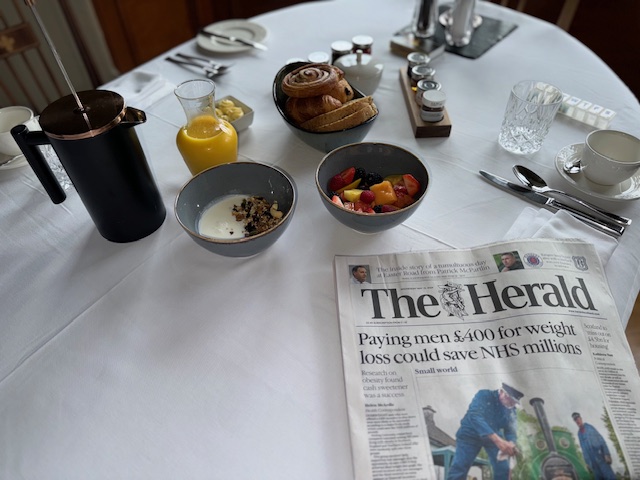
David asked if we could prolong our stay, but with a very tight schedule, it was a negative. With our next visit to Scotland, we’ll definitely be heading straight for Glencoe House.
Having left the cities, we’ve entered and explored several, great Scottish family clans’ territory in the Highlands: Campbell-MacDonald-MacDougall. Their history seeps into everything, everywhere. Can there be more? Stay tuned.
As seen from the road…..
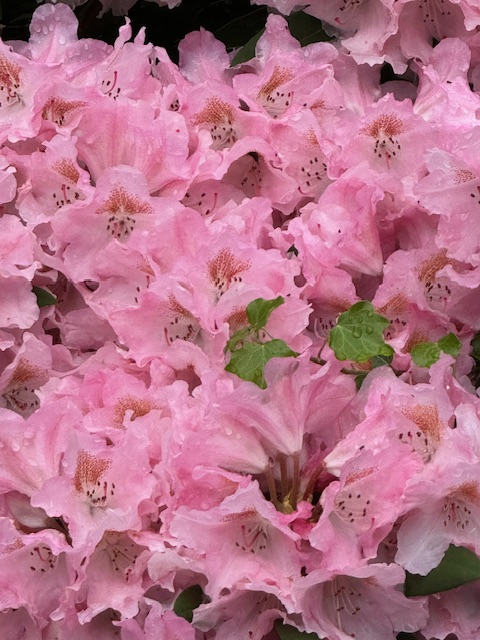
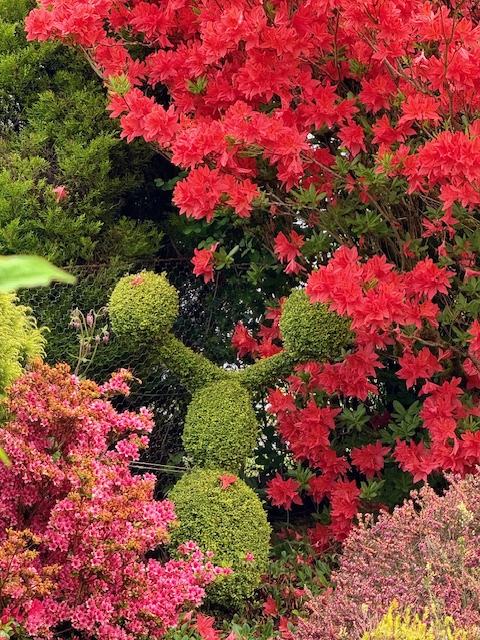
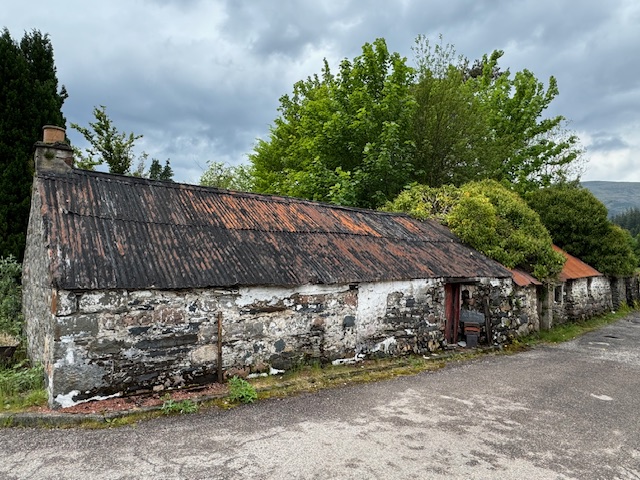
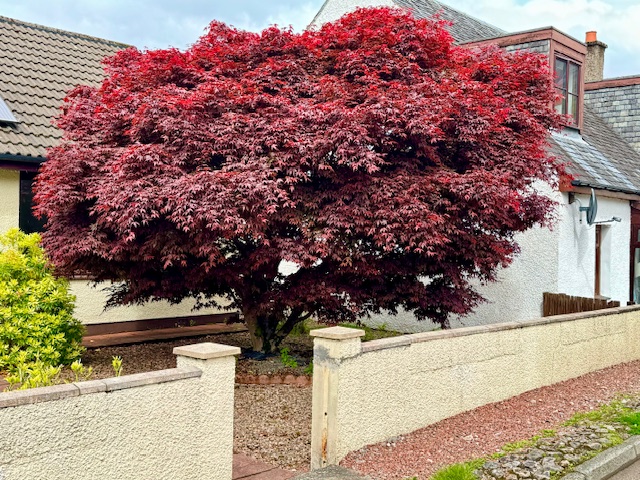

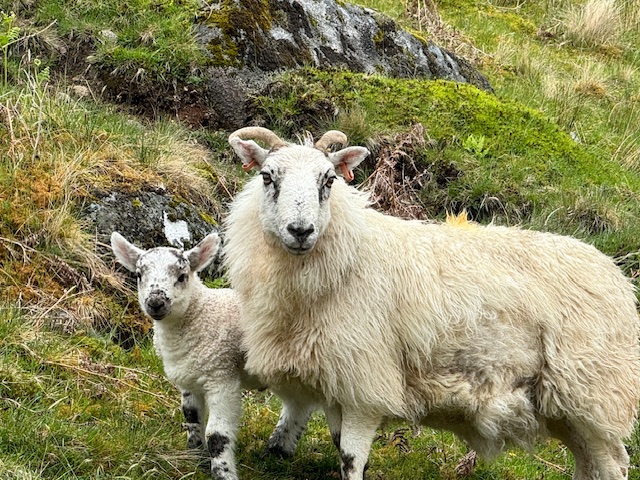

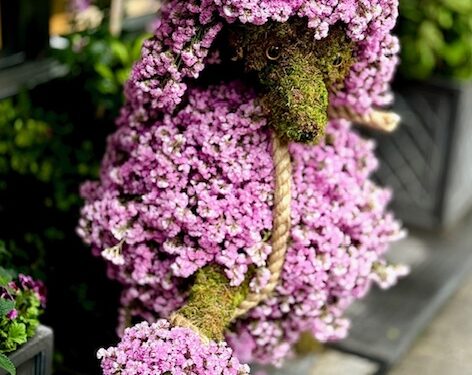
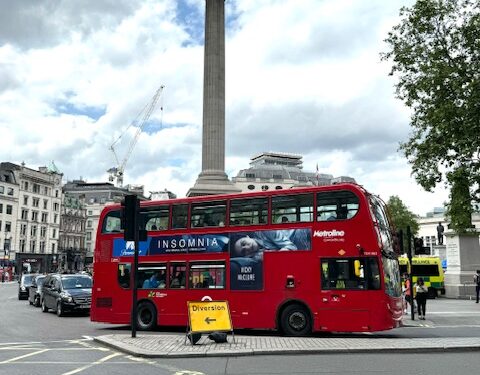
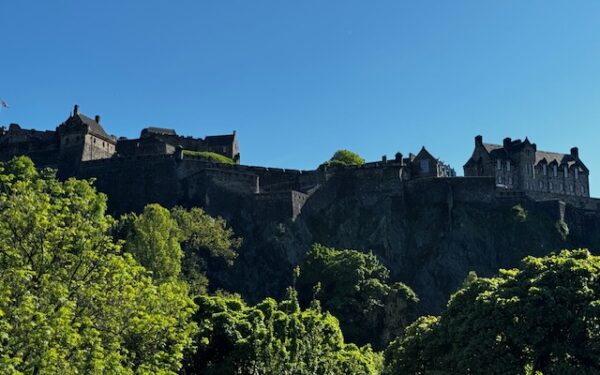
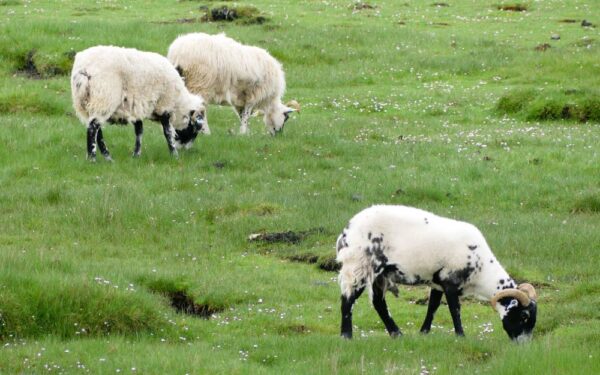
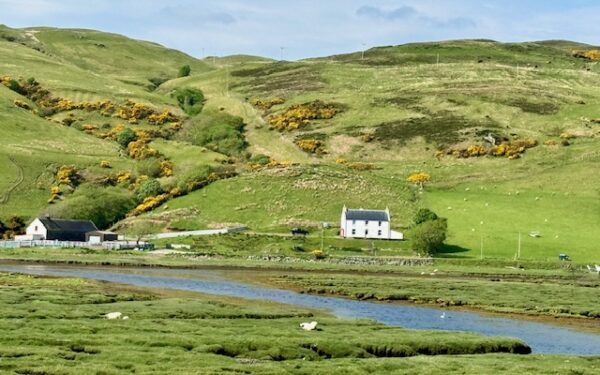
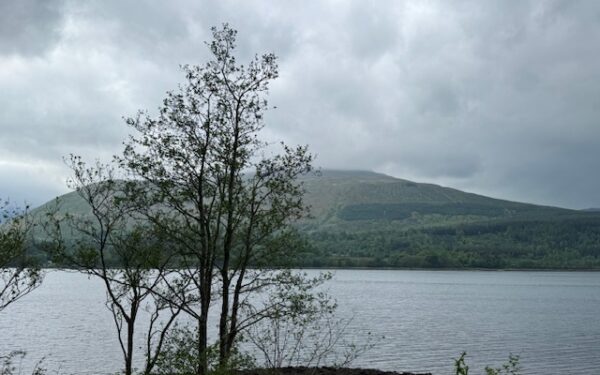
Gorgeous!!!
Your photos are exquisite! It’s fun to share your good times. Thanks for taking the time to do so.
Spectacular! Thanks so much for sharing.
Such beautiful photos! I had a vicarious thrill!
Oban to Glencoe…
Being in ruins, both Dunstaffnage Castle and the Chapel Ruins, are good reminders of Scotland’s turbulent past.
The beauty of Scotland was captured in the photo taken on the road along Loch Etive. From the moody blue-grey Scottish sky to the deepest green-black of the hills to the gold-green of roadside grasses, the scenery is spectacular.
Then you came upon Castle Stalker, built on a small island, reachable only by rowboat. Storybook setting. There’s a children’s fairytale just waiting to be told … of a dragon guarding a Scottish fairy princess …
Passing through Glencoe Valley on your way to Glencoe House must have been thrilling. Mountain peaks, ridges, cliffs, waterfalls. Nonstop beauty. And Glencoe House … nothing short of breathtaking. Thank you once again for taking the time to write these wonderful travel journeys.
As seen …
More beauty. Nat Geo worthy vibrant flora and fauna photos.